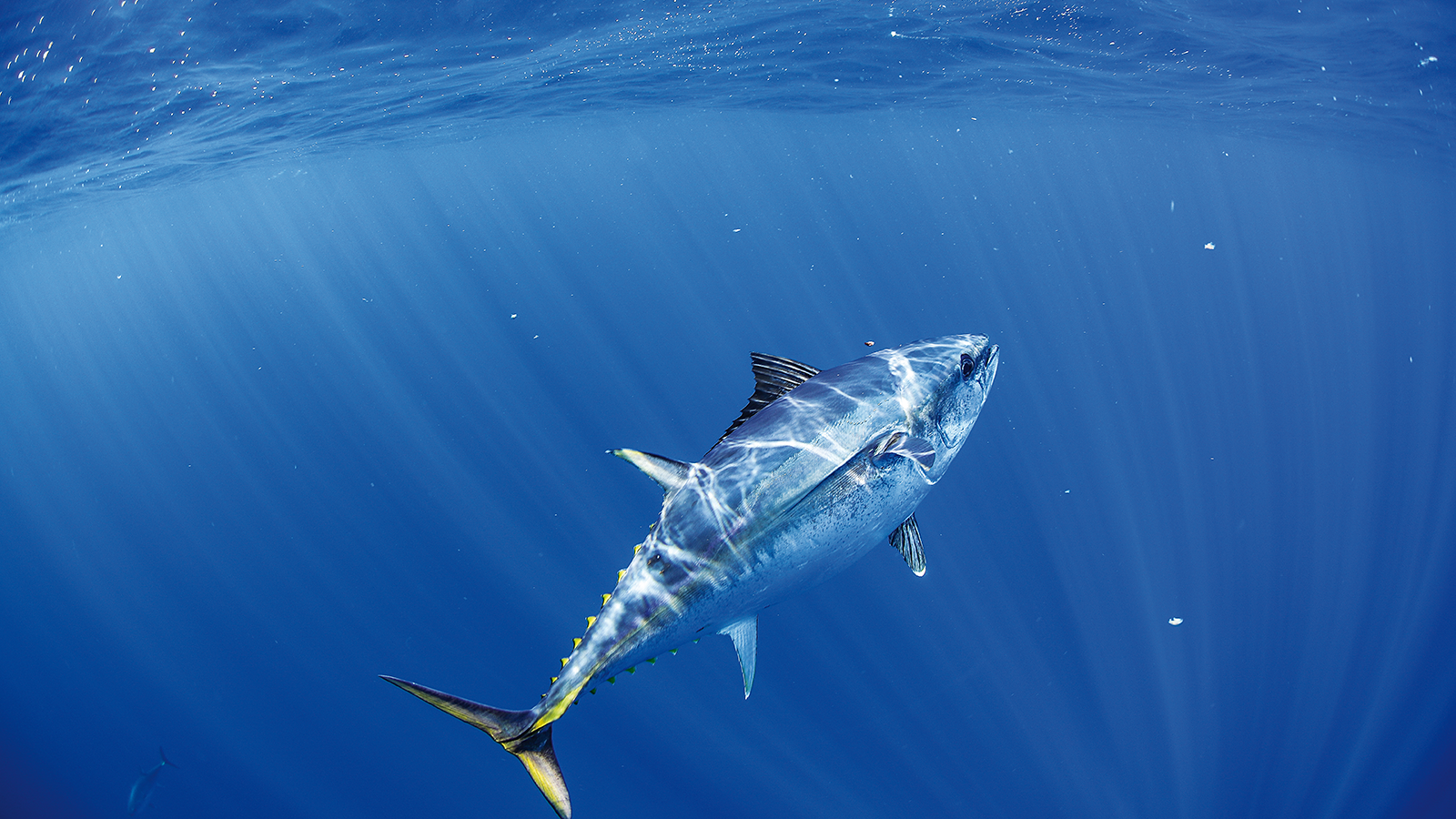Identification of muscle parasite in Yellowtail Kingfish (Seriola lalandi) and Mahi Mahi (Coryphaena hippurus), and determination as to the efficacy of non-invasive screening technology for the purpose of identifying infected fish in a commercial fish processing environment
Industry stakeholders have a need to prevent fish infected with these parasites, being further traded through the value chain. However, identifying an appropriate level of technology will be the challenge to stakeholders. Such technology will need to be cost effective, non-destructive, rapid and relatively simple to use.
Stakeholders also need to identify the parasites concerned for both species, and identify technology capable of screening out such infected fish is required in the processing environment. The work proposed here will identify the parasite concerned for both species, identify appropriate technology applicable is a regional processing environment, and trial such technology at the place of processing in NSW.
Final report
Incidents of muscle parasite infections that cause muscle softening in both species have been reported with increasing frequency in recent years. These parasites cause fishers to lose money in the short term by way of buyer reimbursement. However both species are now experiencing a loss of buyer confidence which has also reduced the market price to wholesalers. These issues of product confidence are now threatening the viability and thus the continuation of this fishery.










